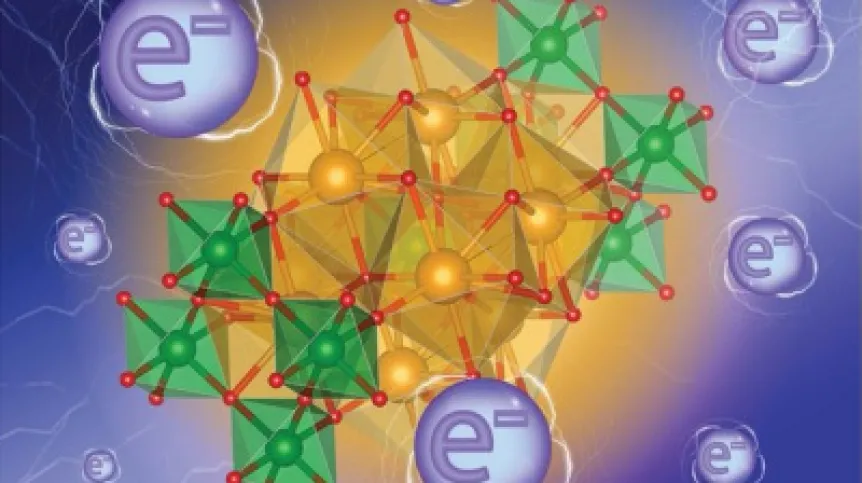
The paper by scientists from the Institute of Experimental Physics of the University of Gdańsk was featured on the cover of the science journal Dalton Transactions. It concerns technologies important for optical materials and optoelectronics.
A team from the Institute of Experimental Physics of the University of Gdańsk, in collaboration with the Institute of Nanotechnology and Materials Engineering of the Gdańsk University of Technology, described a new method for determining the position of active levels of lanthanide ions (Ln) relative to conductivity bands in a paper published in Dalton Transactions.
This rather hermetic description hides a technology that can be used in a variety of optically active materials.
It's all about luminescence.
'Luminescent materials containing optically active lanthanide (Ln) ions are being intensively studied for optoelectronic applications. In order to understand the effects responsible for the excitation energy transfer between the matrix and the activators and for other processes determining the optical properties of the materials mentioned above, the position of the Ln energy states relative to the conductivity and valence bands of the matrix must be taken into account', explain the authors of the publication.
'In this paper, we propose a new method for determining the position of the above Ln levels relative to the bands based on the synergistic use of photoconductivity and photoluminescence excitation spectra. We believe this method will be useful for a wide class of optically active materials', the researchers emphasise.
The achievement of Gdańsk experts interested the editors of Dalton Transactions so much that the paper 'Lanthanide ions (Eu3+, Er3+, Pr3+) as luminescence and charge carrier centers in Sr2TiO4' was featured on the cover of the journal.
For more information about the research, see the source publication. (PAP)
mat/ bar/ kap/
tr. RL













